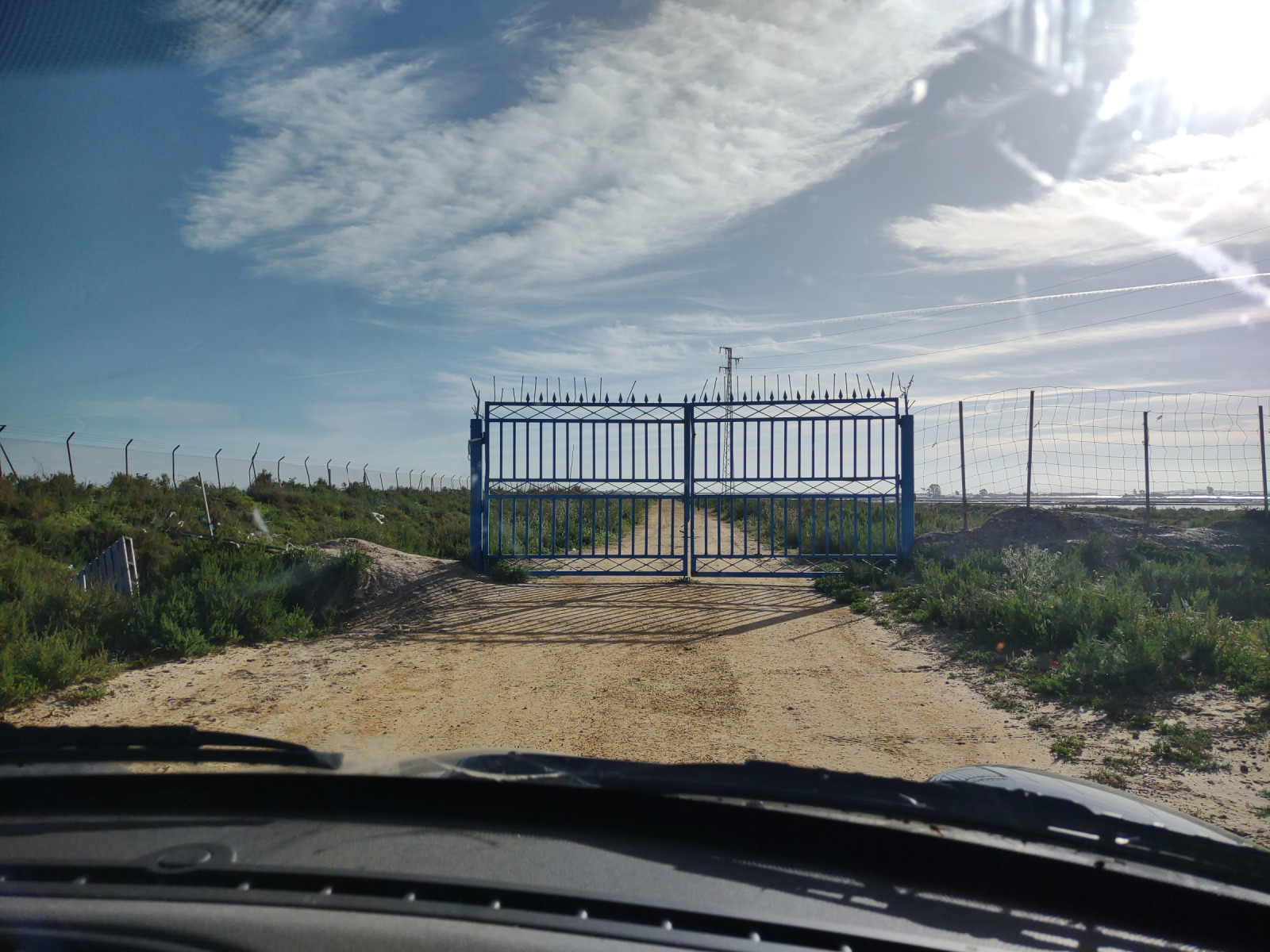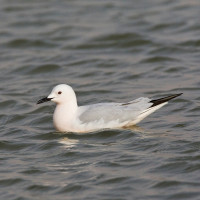Descripción
Salinas Nuestra Señora del Rocío is a flat open area with both active and disused saltpans. Best covered by car (which can act as a hide) with short stops. The route along the river is bests tackled on foot as the track is very poor but be careful not to cause excessive disturbance and be aware that the route can be very exposed and hot in late spring and early autumn. This is the must-visit site in Cadiz province for wading birds.
A good track takes you through working salinas which attract numerous waders particularly during passage when you can expect good numbers of Correlimos Zarapitín, Correlimos Común , Correlimos Tridáctilo, Avoceta Común ,Cigüeñuela común Chorlitejo patinegro etc. Falaropo Picofino is regular in small numbers. Stay in your car to make the most of photographic opportunities. Huge numbers of Flamenco Común present (and Flamenco Enano has been recorded) plus Garceta Común and Garceta Grande (increasing). Passage also brings Cigüeña Negra some of which winter. A good site for Morito Común. It is also an excellent site for Gaviota Picofina and terns such as Charrancito Común Pagaza Piquirroja and Fumarel Cariblanco. In autumn and winter Águila Pescadora are unmissable. Aguilucho Lagunero Occidental, Águila calzada & Milano Negro are frequent and it's one of the few areas in Cadiz province where Milano Real can be regularly found. For many years it has been possible to turn right at the T-junction (see map) to reach a small white building (a pumping station) but this route is sometimes gated and can only be approached on foot. If you can reach the pumping station it can be particularly attractive for gulls, terns etc.
Instead of turning right at the T-junction by going left you reach the Guadalquivir river. Park on the track before you reach the river and walk north parallel with the river. Away from the wetter salinas check the salt tolerant low vegetation along the river for Curruca Tomillera (summer) and Terrera marismeña (resident). Lavandera Boyera (Belonging to the Spanish race) are numerous. Bushes here may also hold migrants (e.g. Curruca Carrasqueña). Keep checking for raptors on the far side of the river as there's an outside chance of seeing a Águila Imperial Ibérica here. It's possible to walk further along the track by the river than shown but this route will get you most of the species with minimal effort.
Detalles
Accesso
Access is signposted off the minor road between Bonanza and Algaida to the north of Sanlucar de Barrameda. Best explored by car with frequent stops and, where tracks are poor on foot.



